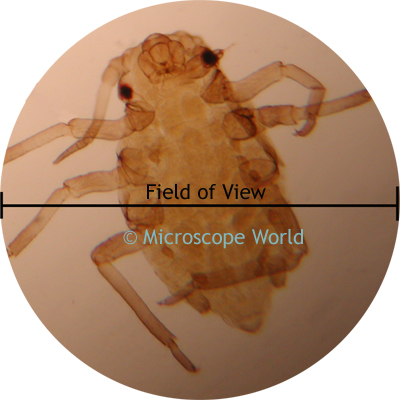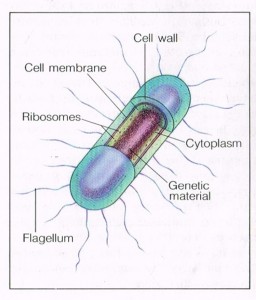Compound microscopes are a basic tool of biology. They are standard for a number of fields, including health care, research, toxicology, and many many more.
They are also just really cool in general.
Parts of a Microscope
- Ocular Lens – has a power of 10x
- Objective Lens(es) – a set of lenses with three or four different powers
- Low power (4 x)
- Med power (10 x)
- High power (40 x)
- Stage – where the slides are placed
- Diaphragm – a dial that can be turned to control the amount of light coming through
- Coarse focus knob – shifts the height of the stage to help focus. As the name suggests, the coarse adjustment knob shifts the stage faster and should be handled with caution
- Fine focus knob – shifts the height of the stage to help focus, but very very slightly.
- Light
Total Power
The total magnifying power of a microscope is calculated like this:
Ocular Lens Power x Objective Lens Power = Total Lens Power
In the case of our microscopes, the magnifying power of the ocular lens is 10x. The magnifying power of the objective lens vary (4 x, 10 x, 40 x).
Therefore, the total magnifying power at all levels is:
Low 10 x 4 = 40 x
Med 10 x 10 = 100 x
High 10 x 40 = 400 x
Creating a Wet Mount
- Obtain a clean slide and coverslip (be very careful when handling these as both are glass)
- Put your specimen flat onto the slide.
- Put a drop of water onto your specimen
- Put the coverslip on. Make sure to put it down at a 45 degree angle. This pushes out the air to reduce air bubble formation
- If there is too much water on your slide, gently dab away with a paper towel.
Calculating size of specimen based on the field of view

Suppose you saw this flea under your microscope. How could you figure out how large it really is? One critical piece of information is just how wide is the field of view?
When we are looking at low power, the field of view will be wider than if we are looking at high power, since we are now focused on a smaller area.
At Low Power, the field of view is about 4.2 mm, or 4200 um (1 mm = 1000 um)
At Med Power, the field of view is about 4.2 mm, or 1680 um (1 mm = 1000 um)
At High Power, the field of view is about 4.2 mm, or 420 um (1 mm = 1000 um)

So how do we calculate the field of view? Suppose we were looking at the cells above at medium power and I was trying to figure out how big the cell is.
I know that the diameter of the field of view is 1680 um. And I estimate that about 6 cells fit across the diameter.
Therefore
1680 um / 6 = 280 um
This means that the cells are about 280 um across.








